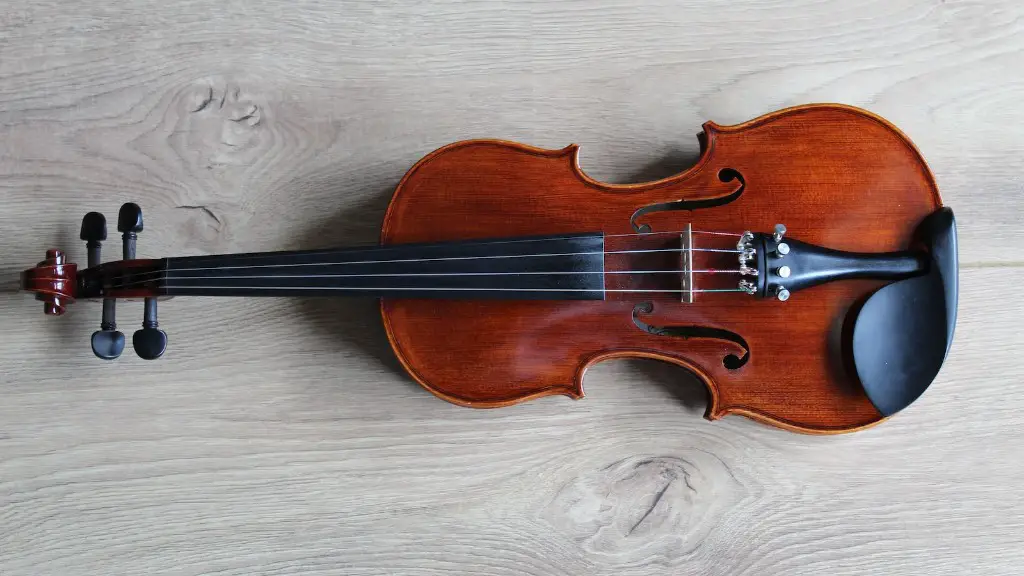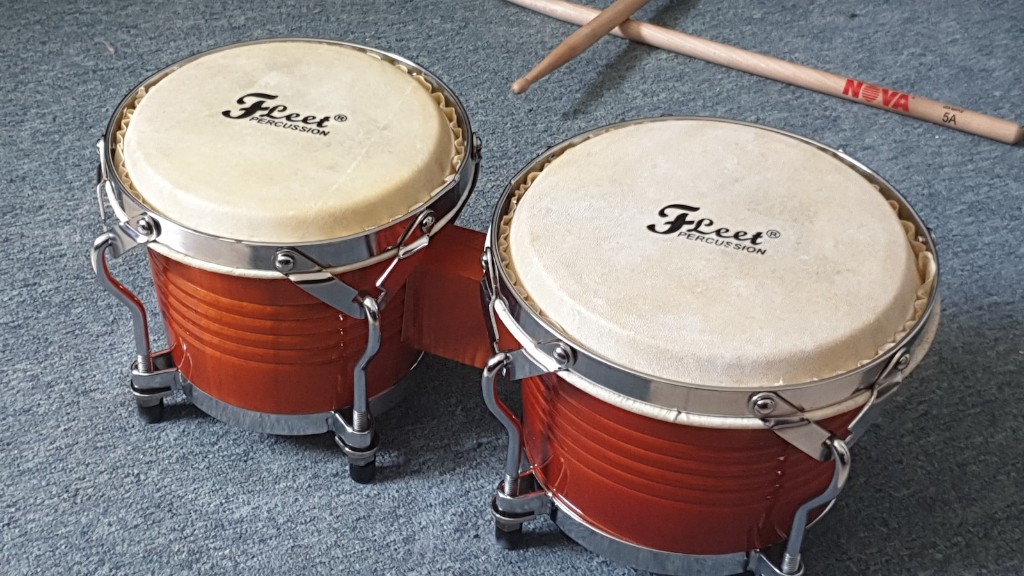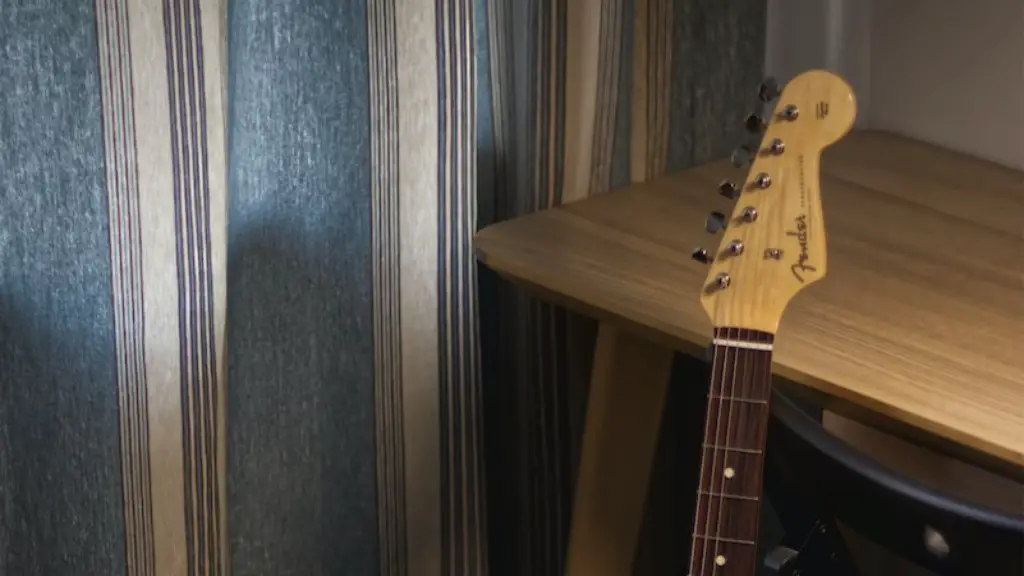Changing strings on an electric guitar can seem intimidating to a beginner, but it’s a fairly simple process that gets easier with practice. Electric guitars require the same basic setup as acoustic guitars and the same types of strings.
This guide will walk you through how to restring and tune an electric guitar. It’s important to take your time with this process, as getting the strings installed correctly is crucial for your guitar’s sound and intonation.
You’ll need a few basic tools to get started: a new set of strings for your guitar, a string winder, wire cutters, and a tuner. After that, it’s time to get started!
Determining Necessary Gauge of Electric Guitar Strings
Setting up strings on an electric guitar is a crucial step in ensuring it plays properly. The proper string gauge is determined by the size and type of guitar, as well as the style of music you want to play. For instance, heavier gauge strings are typically used for playing rock or metal music, while lighter gauges are used when playing jazz and blues. As a general rule of thumb, heavier gauge strings produce louder sounds and provide better sustain. They also require more effort to press down on the fretboard and can cause more fatigue over time. On the other hand, lighter gauge strings provide less sound volume and sustain, but require less effort to press down on the fretboard. When selecting a string set for your electric guitar, be sure to consult with a professional for advice and guidance.
Overall, finding the right string gauge for your electric guitar requires some experimentation and trial-and-error. For example, if you usually play with light gauges but want to try something heavier for a change, start by gradually increasing the string gauge until you find what works best for you. Keep in mind that changing your strings too often can cause damage to your instrument so be sure to take good care of them!
Replacing Electric Guitar Strings
Changing electric guitar strings is an important part of keeping your instrument in good condition. Although it may seem like a daunting task, the process is actually fairly simple and straightforward. Here are the steps involved in replacing your electric guitar strings:
1. Unwind old strings and remove them from the guitar. Be sure to take note of the order they were in, as it will be important when you put new strings on.
2. Clean the fretboard and bridge of any excess dirt or dust. This will help ensure that the new strings fit securely and sound better.
3. Insert one end of each new string into the bridge or tailpiece and wind it around the tuning peg until it’s tight.
4. Cut off any excess string with wire cutters, leaving about an inch of slack for each string.
5. Tune each string until it’s at its correct pitch and use a capo to hold down all of the strings at once if needed.
6. Stretch each string with your fingers to make sure they are seated properly on the fretboard.
Once you’ve completed these steps, your electric guitar should be ready to play! With a little practice, you’ll soon be able to replace your strings quickly and efficiently whenever needed.
How To Clean the Fretboard and Bridge of the Guitar
Regularly cleaning the fretboard and bridge of your guitar is essential for keeping it in great playing shape. The fretboard and bridge are exposed to oils from your hands, sweat from playing, and dust from the environment. To keep them free of dirt, oils, and grime, use a soft cloth dampened with water or guitar cleaner. Gently wipe down the fretboard and bridge to remove any dirt. If there are any tough spots, use an old toothbrush to scrub them away. Make sure to avoid using any harsh cleaners that could damage the finish or leave a residue on the guitar.
When cleaning the strings, use light finger pressure to avoid damaging them. Make sure to move down in one direction while avoiding circular motions which can damage the strings. Once you’re done wiping them down, lubricate with a small amount of guitar polish. This will help keep your strings clean and extend their life.
Setting up strings on an electric guitar is an important part of maintaining your instrument’s sound quality. Start by loosening all six strings until they have enough slack that you can lift them off the fretboard with your fingers. Then clean each string with a soft cloth or piece of paper towel before winding it on its respective tuning peg.
Finally, tune your guitar to its standard tuning (EADGBE) by using an electronic tuner or by ear. With regular cleaning and maintenance, your electric guitar will
How To Set Up Strings On Electric Guitar
Setting up your electric guitar strings is a key part of getting the best sound out of your instrument. The process involves ensuring that the strings are properly tensioned and that the bridge and nut are adjusted so that they do not impede string movement. This will help you get the most out of your guitar’s sound and playability.
Start by loosening the strings until they are just loose enough to slide off easily. Then, attach each string to its tuning peg and wind it up until it is tight enough to hold its pitch when plucked. Make sure you keep tension even on both sides of the pegbox when winding the strings, as this will help keep them in tune longer.
Once all strings have been wound, adjust each string’s height at both ends: the bridge and nut. This is best done with an Allen wrench or screwdriver – raise or lower each string until it is level with its neighbours. Finally, use a tuner to make sure each string is in tune before playing!
For optimal performance, it’s important to regularly check your instrument for any signs of wear or damage, such as frayed or broken strings. With regular maintenance and care, you can ensure that your electric guitar stays in top shape for years to come!
Checking and Adjusting String Height at the Nut
Adjusting the string height at the nut is a critical step in setting up a electric guitar. Too low and the strings will buzz against the frets, too high and it will be difficult to play. The process requires pliers or a truss rod wrench, depending on your guitar’s make and model. Start by loosening the strings so that you can move them up or down as needed. Then, use your pliers or wrench to adjust each string until it is resting at an even height above the first fret of your guitar.
Once you have adjusted each string to an even height, use your fingers to press down on them just above the nut and feel for any buzzing. If there is none, you have successfully set up your electric guitar strings. If needed, you can further adjust them until all buzzing is eliminated. When finished, retune your strings and enjoy playing!
Setting Intonation on an Electric Guitar
Setting intonation on an electric guitar is important for maintaining proper string tuning and producing the best sound. It is a relatively simple process, but it does require some patience and attention to detail. Start by loosening the strings and removing the bridge cover. The next step is to adjust the bridge saddles so that they are parallel to the strings. Then, tune each string to pitch using an electronic tuner. Strings should be tuned one at a time so that any adjustments made don’t affect other strings. Once all of the strings are in tune, use a ruler to check whether they are sitting at the same heights along their length. If not, use a screwdriver to adjust the bridge saddles until they are all level with each other. Lastly, test each string’s intonation by playing a harmonic at its 12th fret and then comparing it with the open string note below it. If there is a discrepancy, adjust the saddle until both notes sound in tune with each other. Repeat this process for all of the strings to ensure intonation accuracy across all of them.
To Sum It All Up
Setting up strings on an electric guitar is a valuable skill to ensure that your guitar remains in top condition. To get started, you will need a set of strings, a tuner, and a screwdriver or Allen wrench. Start by loosening the strings and removing them from the bridge. Then, use your tool to remove the old string retainers and install the new ones. After that, proceed to winding your strings around the machine heads before tuning it up to proper pitch with the help of a tuner. Now you are ready to rock!
Properly setting up and maintaining your electric guitar’s strings will ensure that it stays in good shape for years to come. With regular maintenance and proper care, you can rest assured that your guitar will continue to stay in tune and sound great while you play.





